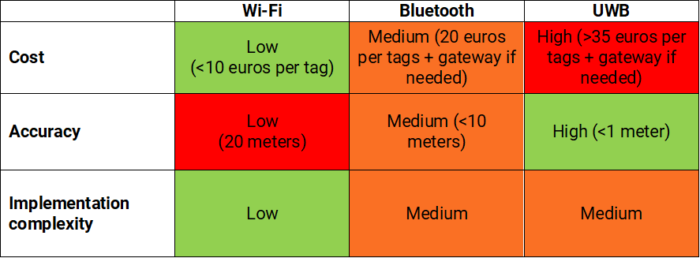9 Common Challenges when implementing Operational Technology (OT) Systems




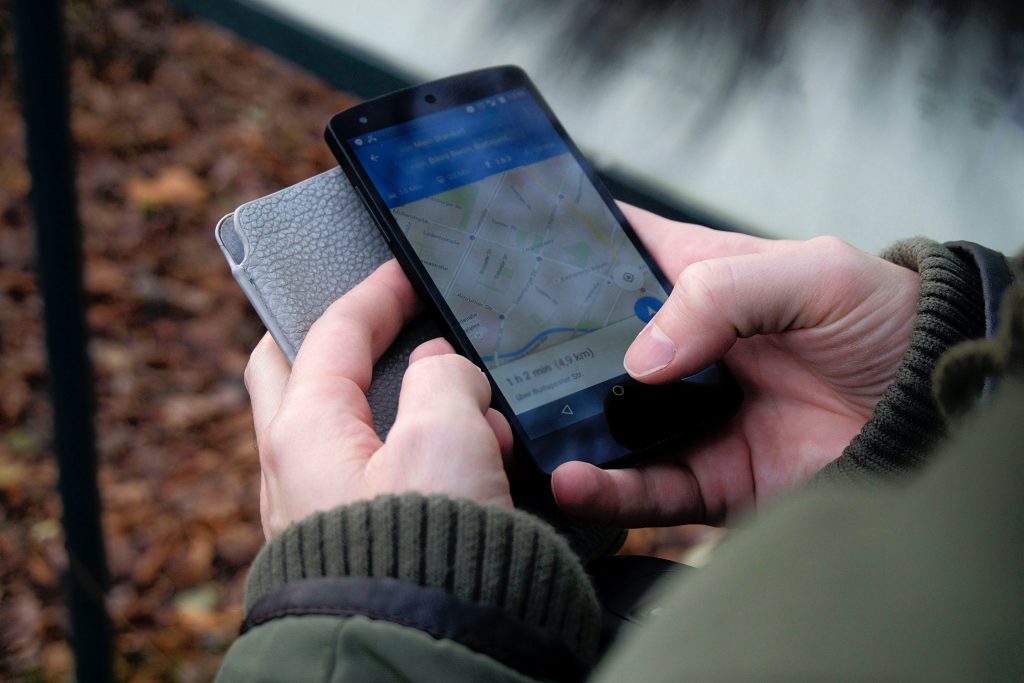
IoT solutions | geolocation issues | electronic engineering
Written by Nicolas Clerc, Electronic Engineer at Otofacto Lyon (France)
IoT emergence brings more and more solutions to answer indoor geolocation issues. Targeted objects to be geolocated can be varied (IT or workshop equipments, vehicles, intelligent sensors, etc.).
Indoor geolocation can be based on different kind of technologies and each one of them allows several algorithmic geolocation methods.
The appropriate solution to your indoor geolocation need will therefore be made up of a technological and methodical choice (compromise) taking into account the following criteria:
Our goal is to give you, based on our experience and projects, a first global analysis of these technologies and methods:
Wi-Fi is an interesting choice for indoor geolocation, especially considering it is everywhere in buildings (who does not have at least one Wi-Fi access point at home?).
The only cost will be the device used as a tag itself (microcontroller, phone). The ESP8266 is an example of a microcontroller that can be used and whose price is less than 5 euros.
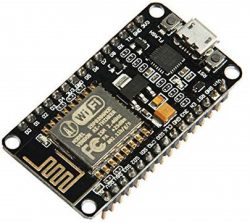
The main geolocation techniques using Wi-Fi are based on RSS (Received Signal Strength) indicator. Radio waves being strongly disturbed by their environment, especially with metal housing, RSS indication gives poor results (around 20 meters accuracy) in industrial environments. Precision increases in less constrained environments such as office space for instance.
In terms of applicable methods regarding this technology, there are:
Given Wi-Fi low accuracy using only one of these methods, it is recommended to complete Wi-Fi geolocation data with inertial sensors (accelerometer, gyroscope and magnetometer) in order to increase precision.
The latest advances tend towards the use of ToF (Time of Flight) in order to be able to increase the accuracy of Wi-Fi global geolocation.
Wi-Fi is recommended for applications that do not require high precision and whose objectives are to identify the presence of an object in a ‘general’ place more than a precise location.
Geolocation using Wi-Fi is suitable for geolocation in an office environment where the accuracy varies from 10 to 20 meters while it degrades strongly in an industrial area (>20 meters).
BLE (Bluetooth Low Energy) is one of the most widely used technologies for indoor geolocation. Its cost is more important than Wi-Fi because it is often necessary to install a complete Bluetooth architecture within your building but remains very affordable (count 20 euros for a BNB tag). It is possible to easily create a Bluetooth network using tags broadcasting Bluetooth and which can operate for several years on a battery with an appropriate configuration. These beacons range from a simple beacon broadcasting Bluetooth signals to more sophisticated beacons. The geolocation methods used are very similar to those used by Wi-Fi but the low cost of the beacons makes it possible to increase the density of transmitters compared to Wi-Fi access points. This allows to obtain an accuracy within 10 meters.
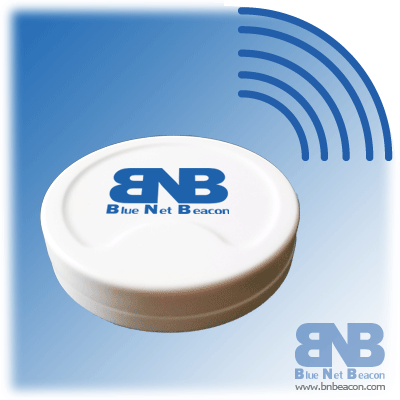
New tags allow geolocation using the measurement of Bluetooth wave reception angles. The company Quuppa, present at the World IoT Solution Congress 2019, has put forward its beacons and claims accuracy within 1 meter.
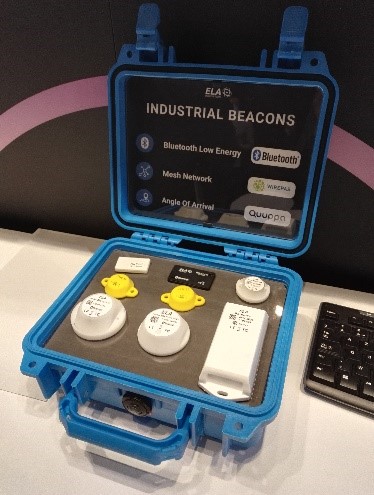
The kit in Figure 3 is composed of ELA geolocation tags (white and black) and Quuppa tags (in yellow).
Geolocation using Bluetooth is suitable for most geolocation cases. In an industrial environment, the accuracy is slightly reduced but remains less than 10 meters due to the high density of beacons compared to Wi-Fi access points.
The Ultra Wide Band remains the most precise solution on the market for indoor geolocation. Based on ToA (Time of Arrival) or TDoA (Time Difference of Arrival) techniques, the accuracy is around ten centimeters. UWB generates very little interference with other technologies on similar frequency bands (3.1 GHz to 10 GHz). However, the price of a tag (or anchor) is higher (count 39 dollars for a DWM1001 development board).
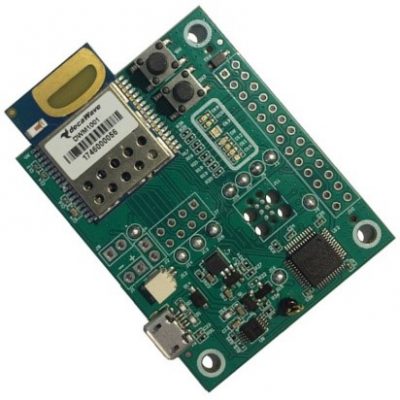
The UWB can address the most demanding requirements in terms of precision such as geolocation of parts on a conveyor belt or even the navigation of autonomous vehicles.
Specific attention is necessary regarding consumption of UWB tags / anchors. UWB consumes more than Wi-Fi and BLE. In many applications, the UWB anchors will be powered by sector (especially in real-time applications which consume a lot of energy). It will therefore be advisable to clearly define the requirements in terms of position updates frequency and autonomy in order to correctly qualify the possible power source. Some sellers provide autonomy calculators (eg Sewio).
